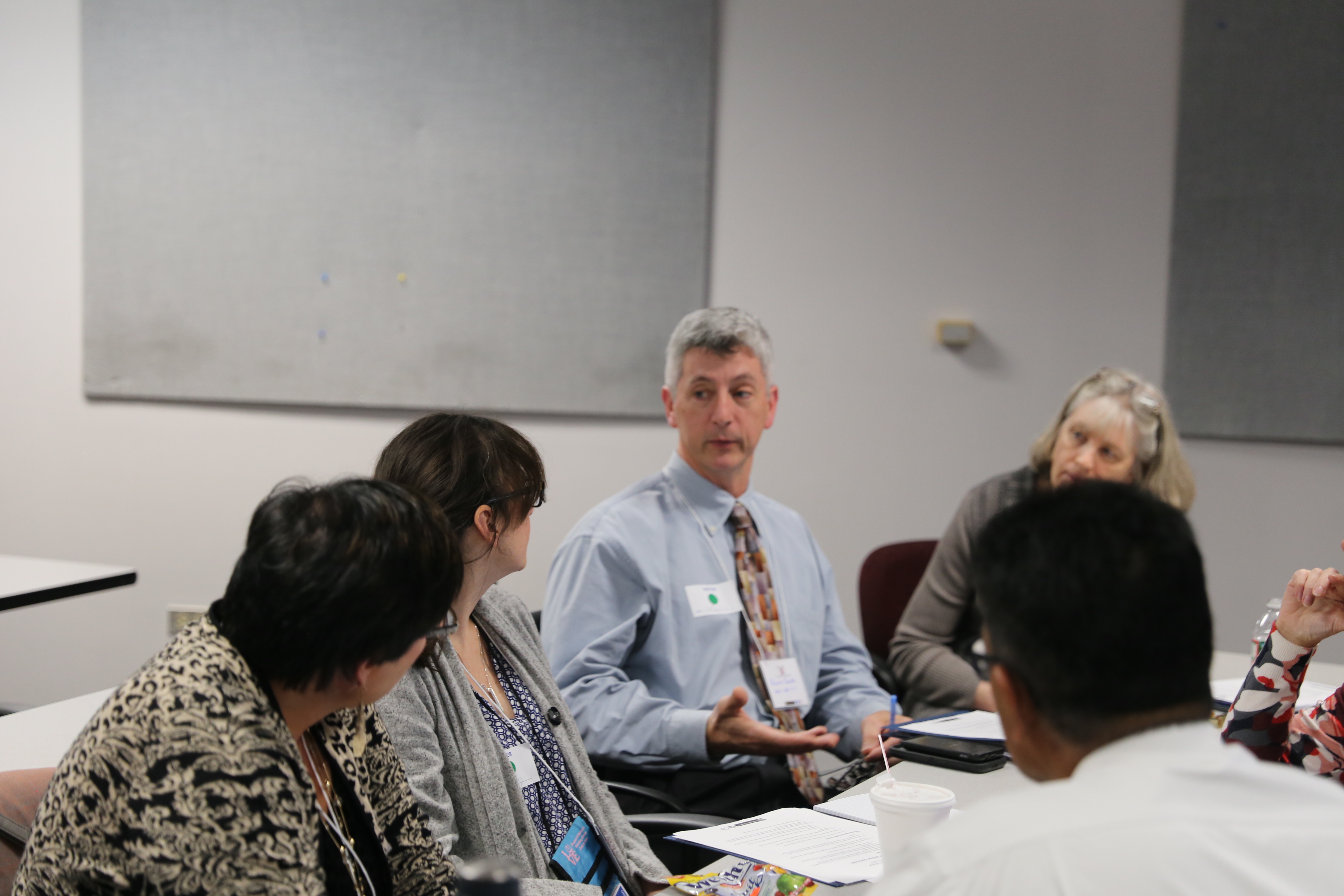
Knowledge mapping is used to help identify sources of knowledge within an organization and build knowledge networks. The strategy is used to discover the location, form, ownership, value and use of specific knowledge and people's expertise to make better use of knowledge and identify barriers to, and gaps in, knowledge flow. Knowledge assets can be tacit, such as an employee’s knowledge of a process, or it could be explicit, such as a project report. The mapping process can lead to documentation of tacit knowledge to fill gaps.
KNOWLEDGE MAPS
WHAT
- Knowledge mapping identifies what each individual/role knows and their daily interactions to characterize their job functions. The map can take different forms (e.g. a network analysis map or matrix) to describe these relationships. Each employee should list any additional people within the agency they contact when a problem or issue arises. This tool is used on a case by-case basis.
WHY
- Reduces knowledge silos and duplication of effort.
- Identifies “go-to” people within the agency who play a critical role in knowledge transfer, to ensure continuity
- Helps to identify knowledge barriers and gaps that slow a process or procedure.
WHEN
- There is a need to prevent knowledge loss by understanding and building knowledge networks.
HOW
- Sources can be identified as individuals or as employees in a particular position. Employees identify who they go to for specific information.
PRACTICAL CONSIDERATIONS
- Connect together all of your knowledge assets in a visual way to see what knowledge the agency unit has and where there are gaps.
LINKS & RESOURCES
TBD
EXAMPLES













